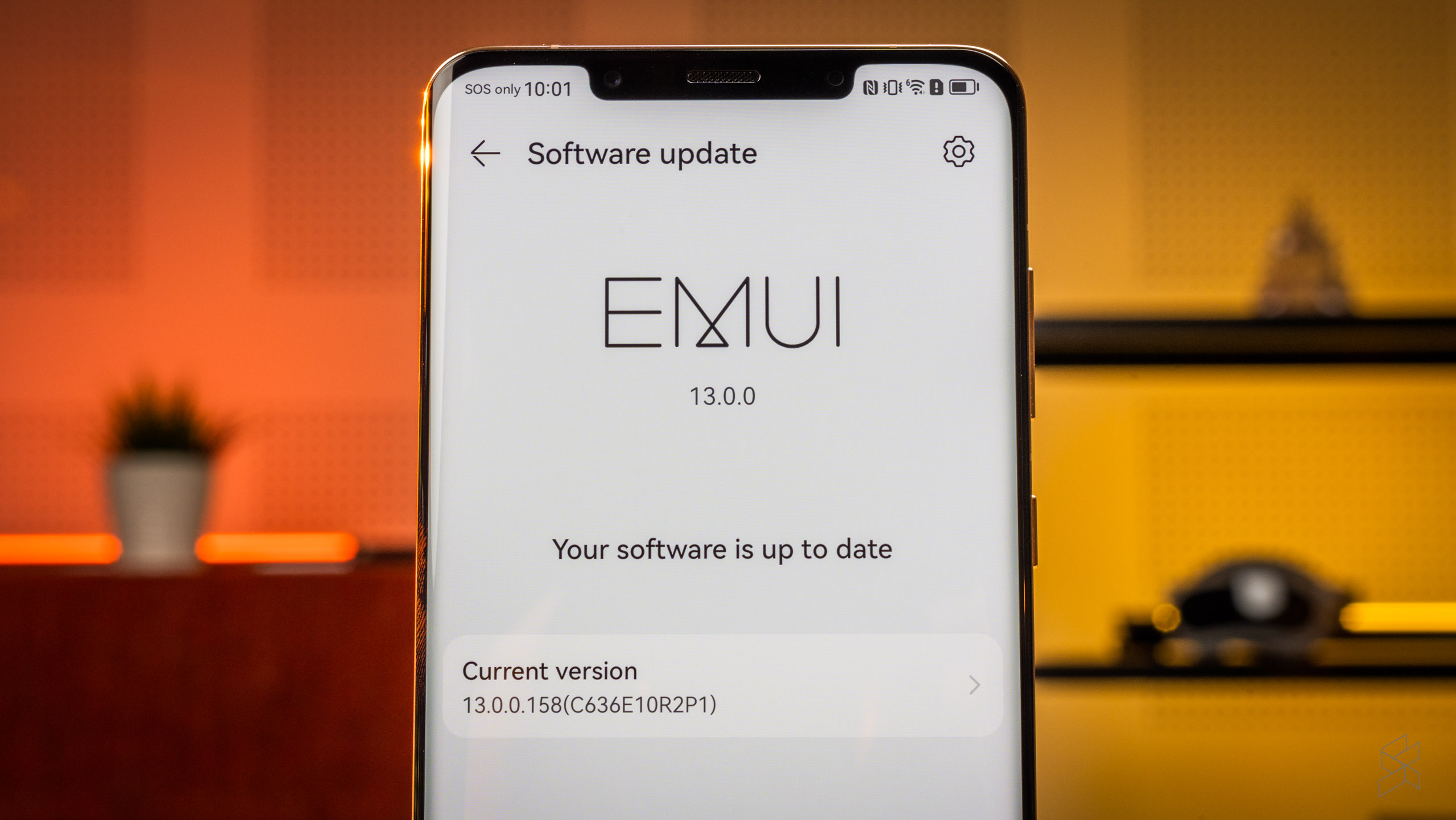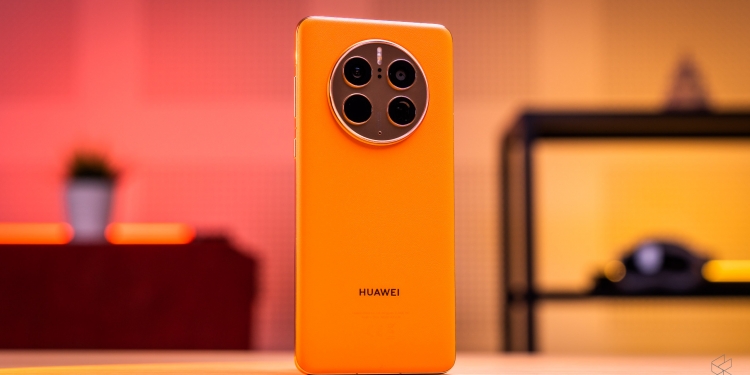It’s safe to say that Huawei has had a rough time since 2019, when US sanctions meant it lost access to American technologies, the most critical being Google Mobile Services. Remember that back then, the company was on the verge of overtaking Samsung as the world’s largest smartphone maker, and it has fallen a long way down the order since.
But the worst might be over for the beleaguered firm. Yes, it still lacks GMS in its phones, but even with one hand tied behind its back, Huawei has managed to arrest a decline that had seen sales slide 28.6% in 2021. In a New Year’s letter to employees, rotating chairman Eric Yu revealed that the company had eked out a minuscule 0.02% growth in revenues to 636.9 billion yuan (about RM404.3 billion).
Despite sales remaining essentially flat this year, the outlook was rosy enough that Yu wrote: “US restrictions are now our new normal, and we’re back to business as usual,” Reuters reported. There were no profits disclosed in the letter; Huawei typically releases full annual results in the first quarter of the following year.

The company is still a long way off its record of 891.4 billion yuan (about RM565.9 billion) in 2020, before the full effects of the sanctions hit. Several roadblocks remain, including the fact that Huawei is still banned from receiving chips built at foundries utilising US technology. It’s currently allowed to use Qualcomm Snapdragon chips, but with 4G instead of 5G connectivity—although it has been able to sidestep this limitation somewhat by offering 5G phones under other brands like Hi Nova.
The issue is that China lacks access to the extreme ultraviolet (EUV) lithography machines used to manufacture the latest chipsets. The only company that makes these machines, ASML, has been barred from exporting them to the Middle Kingdom. But PhoneArena has reported that Huawei has filed a patent covering some EUV components and the EUV process, meaning that it may be able to build its own EUV lithography machines and develop its own chips again—bypassing other manufacturers.
As such, we could see Huawei offer 5G phones under its own brand. This seems to have spurred a wave of renewed optimism at the company—it’s rumoured to be launching two flagships, the P60 and Mate 60, at the same time in March, albeit still with 4G versions of Snapdragon chips. This would be a welcome return to the cycle of launching both P and Mate series devices in one year, before it regressed to alternating releases each year due to the limitations posed by the sanctions.








